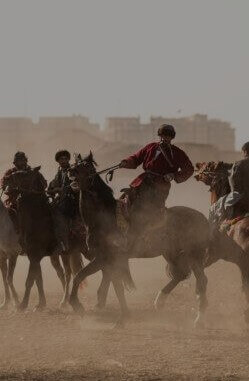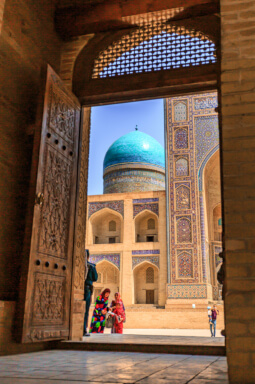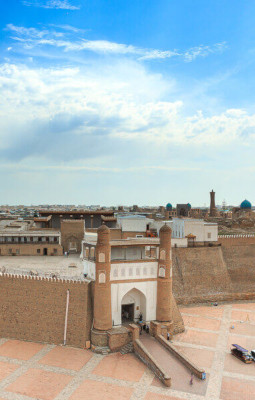The roots of this festival go back to the ancient religion of Zoroastrianism. The holiday has been celebrated for more than 3,000 years and has spread in Iran, Afghanistan, Azerbaijan, Georgia, Western China, Iraq, Turkey, Uzbekistan, Tajikistan, Turkmenistan, Kyrgyzstan and Russia. Depending on the country, the day is also known as al Nooruz, Nauruz, Nauryz or Nuruz.
In Central Asia, Nawruz is an official public holiday, and a significant celebration occurs. Women are dressed in traditional dresses, make henna decorations on their hands and cook a lot of delicious food at home. It is common to forget all resentments and disputes, settle debts, and clean the house in general. Also, on this day people visit each other.
Nawruz differs from the Muslim New Year’s Day; it is based on the solar calendar, while the Muslim calendar is based on the lunar.

NAWRUZ TRADITIONS
Traditionally, many families set up a ceremonial table, “Haft Sin”, for this feast. “Haft Sin” in Persian means “seven S” because the name of each of the seven elements that are supposed to be on the table begins with the Persian letter S(in).
On a classic Nawruz table, there should be:
1. “Sabzi”, the germinated sprouted wheat (less common sprouted lentils), is a symbol for the rebirth of nature.
2. “Sumalak” (or “Samanu”), one of the dishes traditionally prepared for the celebration. It consists mainly of sprouted wheat and symbolises good deeds and blessings.
3. “Sib”, an apple, symbolises health and beauty.
4. “Sir”, garlic, which stands for medicine and protection.
5. “Sendsched”, oleaster, as a symbol of love and the seed of life.
6. “Somagh”, spice sumac, symbolising daybreak with its red colour. With the rise of the sun, good defeats evil.
7. “Serke”, vinegar, stands for patience and happiness.
In many countries, folk festivals take place on this day, where people wear traditional clothes. There are also competitions; one of the most famous is Buzkashi.
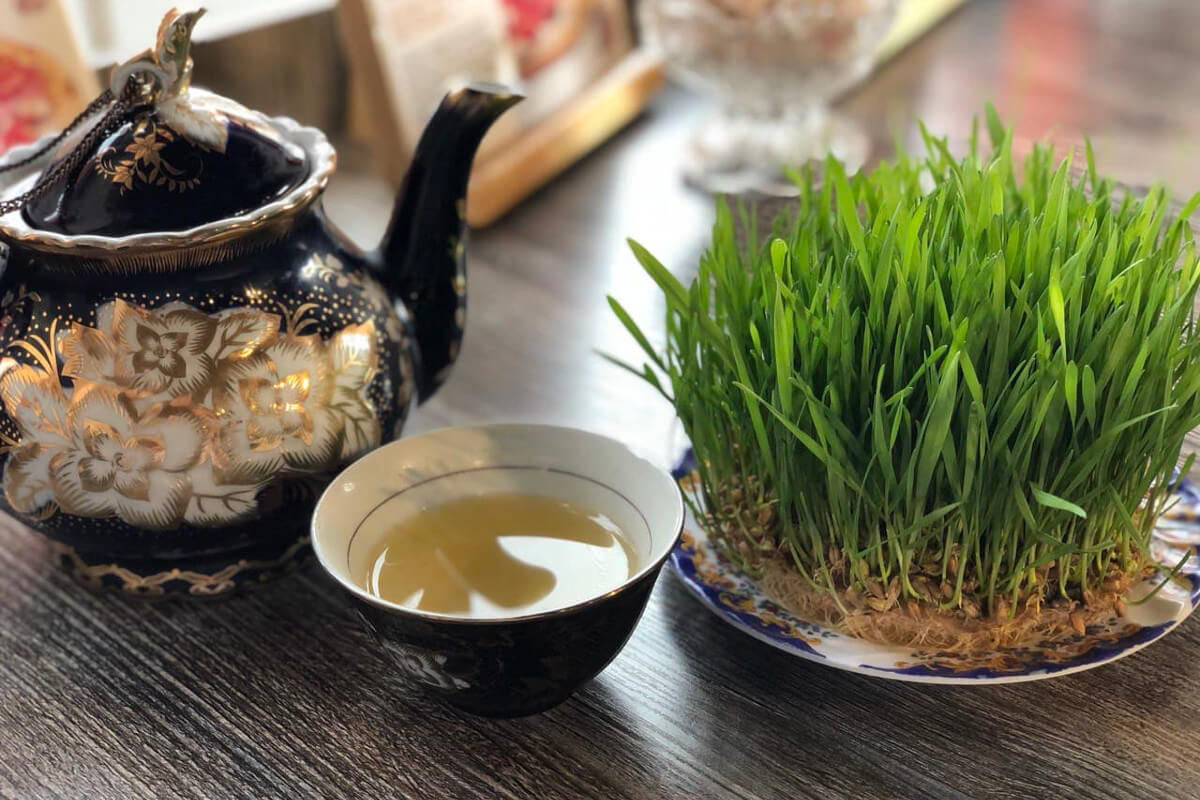
Sumalak – Traditional dish of nawruz
One of the rituals of Nawruz is the preparation of a traditional dessert – Sumalak (in some countries known as Samanu). Sumalak is cooked in a large cauldron. The main ingredients are sprouted wheat, flour, cotton oil (or sunflower oil). Whole walnuts or pebbles are added to prevent the dish from burning. Traditionally, it is considered a symbol of luck when you find a walnut or pebble in your bowl.
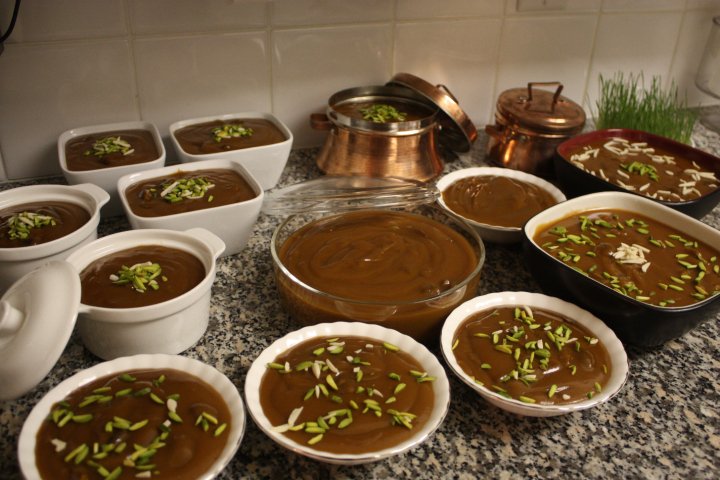
The preparation of Sumalak is very time-consuming; the dish has to simmer overnight. At the same time, the dish must be stirred regularly to make sure it does not burn. Since this would be too exhausting for one person alone, the dish is cooked within the family and friends, and each member takes turns to stir. Traditionally, women are responsible for preparing this delicacy; often, they sing and dance while cooking. It is also commonly believed that wishes expressed during the preparation of Sumalak are more likely to come true.
The finished dish is thick, caramel-coloured and tastes sweet. However, no sugar is added; the sweetness develops through cooking. The food is not only eaten within the family but is also served to friends, neighbours or simply passers-by.
